50+ Sample Evaluation Sheet
-
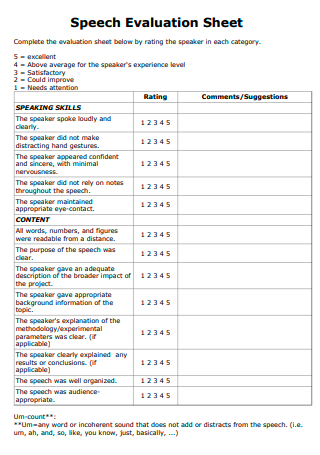
Speech Evaluation Sheet
download now -
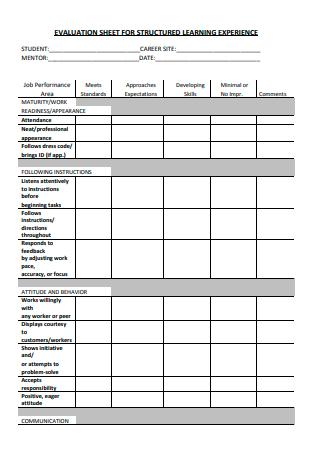
Evaluation Sheet For Structured Learning Experience
download now -
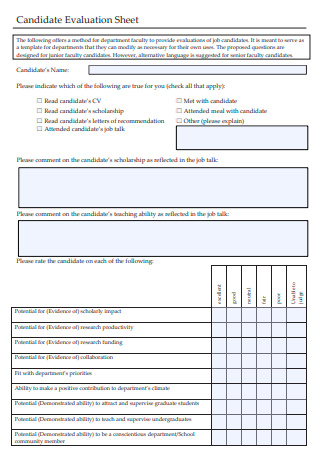
Candidate Evaluation Sheet
download now -
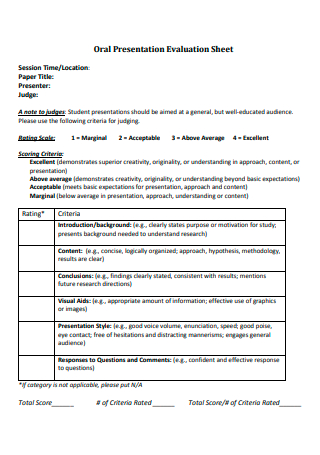
Oral Presentation Evaluation Sheet
download now -
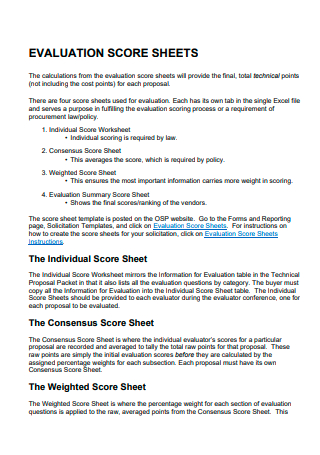
Evaluation Score Sheet
download now -
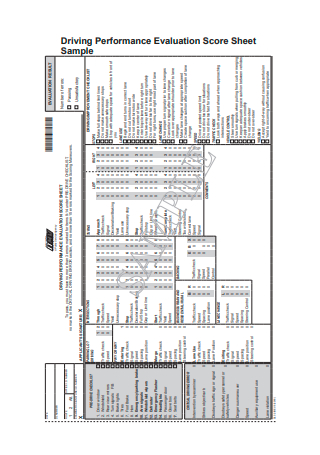
Sample Driving Performance Evaluation Score Sheet
download now -

Evaluation Rating Sheet
download now -
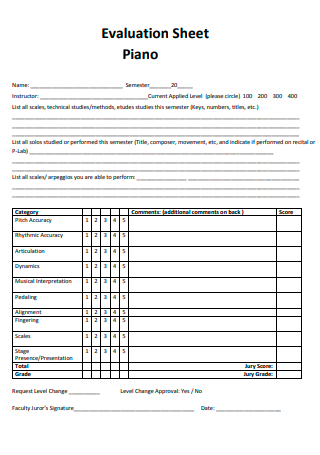
Piano Evaluation Sheet
download now -
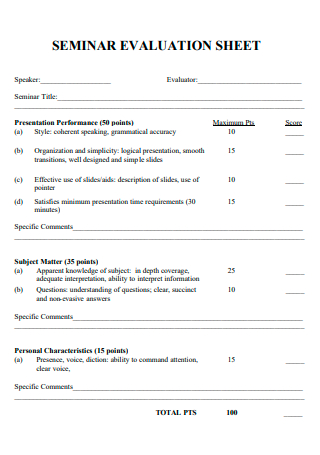
Seminar Evaluation Sheet
download now -
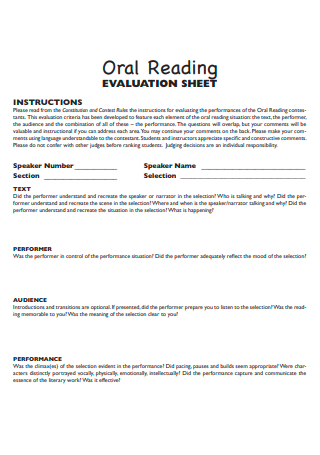
Oral Reading Evaluation Sheet
download now -
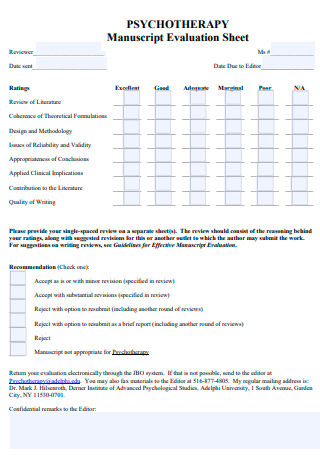
Psychotherapy Evaluation Sheet
download now -
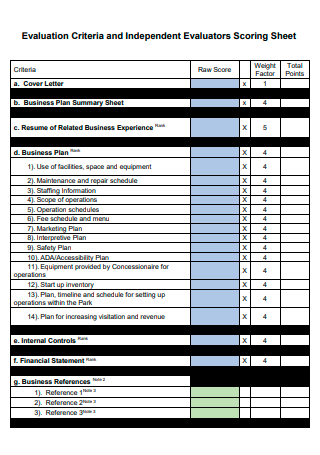
Evaluation and Independent Evaluators Scoring Sheet
download now -
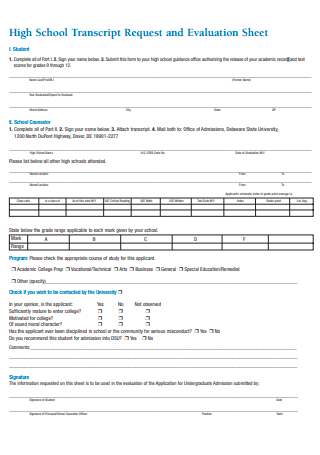
High School Transcript Request and Evaluation Sheet
download now -
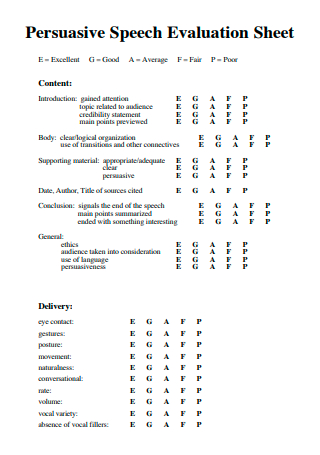
Persuasive Speech Evaluation Sheet
download now -
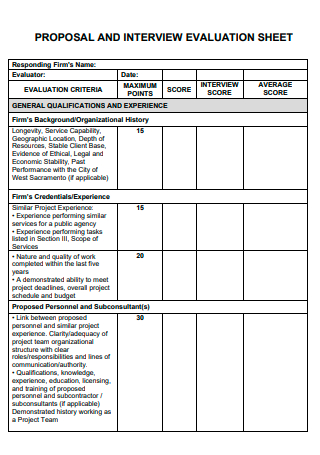
Proposal and Interview Evaluation Sheet
download now -
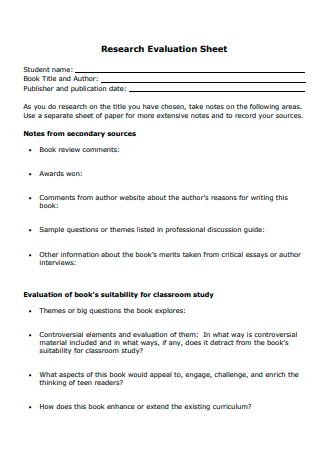
Research Evaluation Sheet
download now -
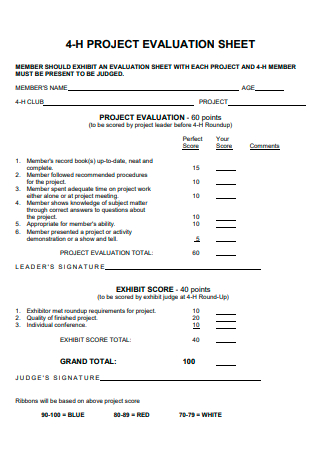
Project Evaluation Sheet
download now -
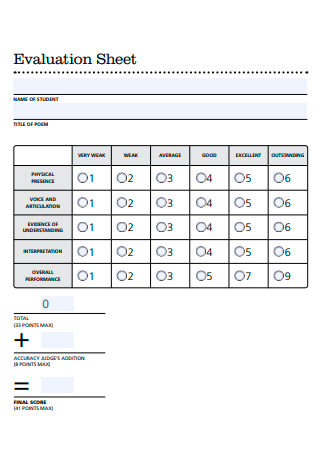
Basic Evaluation Sheet
download now -

Practical Skills Evaluation Sheet
download now -
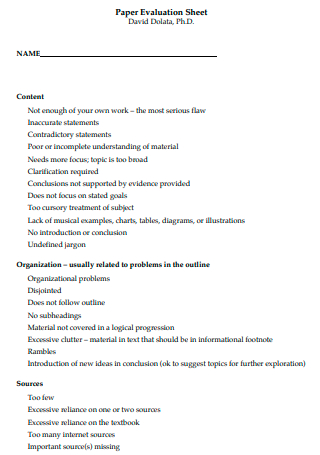
Paper Evaluation Sheet
download now -
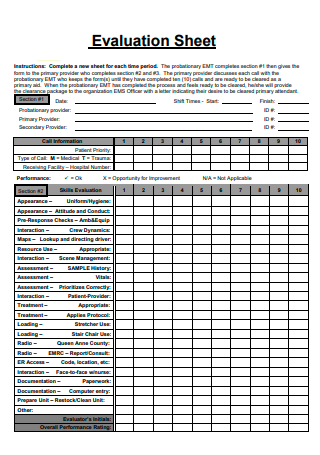
Evaluation Sheet Format
download now -
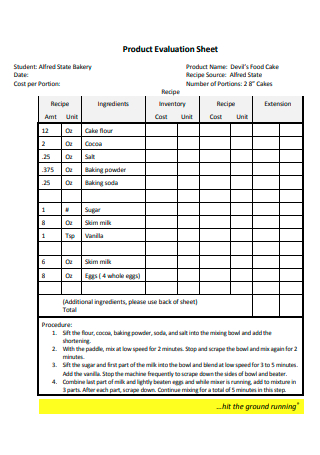
Product Evaluation Sheet
download now -
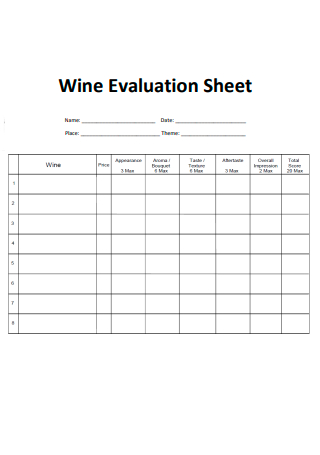
Wine Evaluation Sheet
download now -
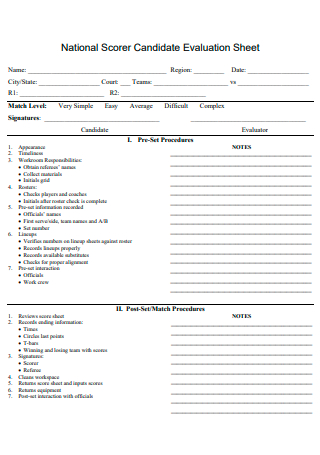
National Scorer Candidate Evaluation Sheet
download now -
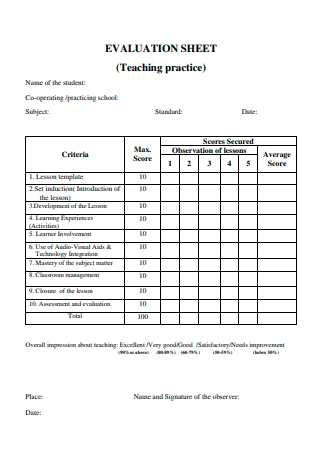
Teaching Practice Evaluation Sheet
download now -
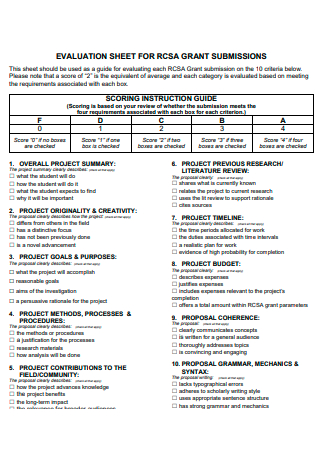
Evaluation Sheet For Grant Submissions
download now -
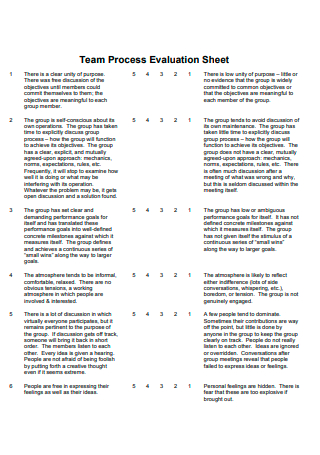
Team Process Evaluation Sheet
download now -
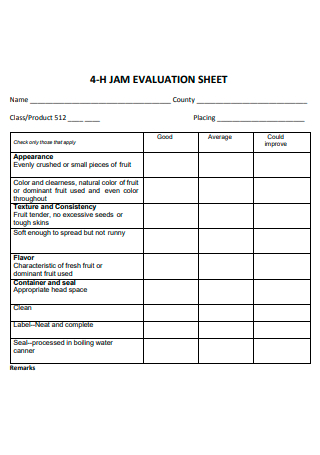
Jam Evaluation Sheet
download now -

New Patient Evaluation Sheet
download now -
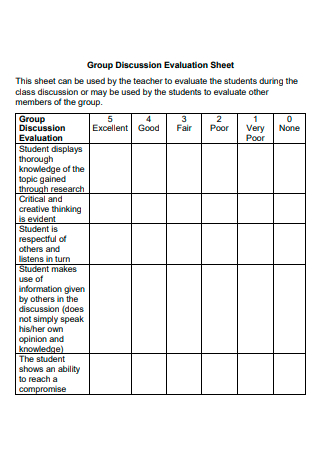
Group Discussion Evaluation Sheet
download now -
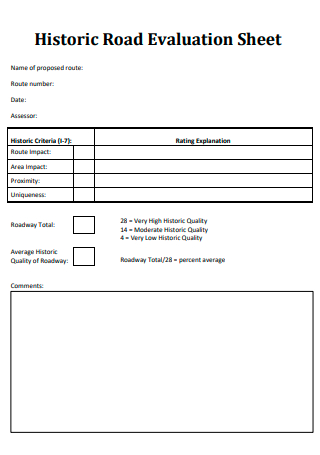
Historic Road Evaluation Sheet
download now -
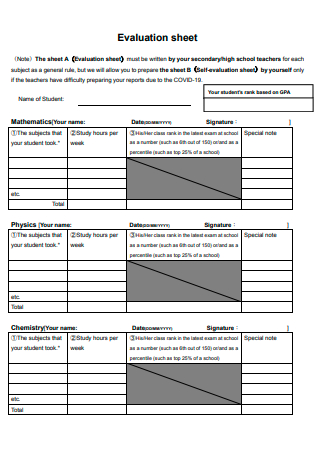
Evaluation Sheet in PDF
download now -

Patient Evaluation Log Sheet
download now -
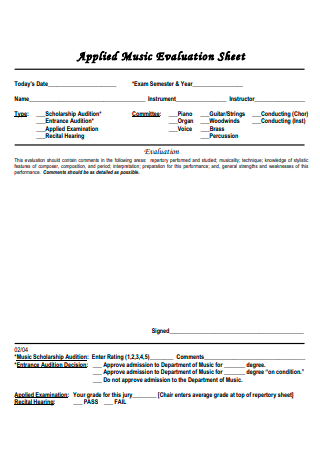
Applied Music Evaluation Sheet
download now -
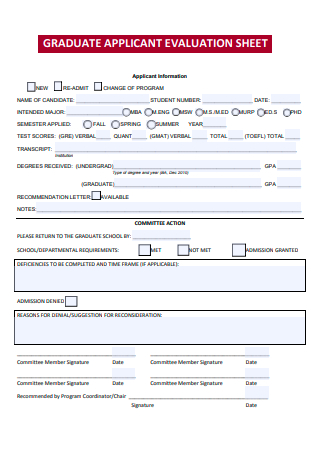
Graduate Applicant Evaluation Sheet
download now -
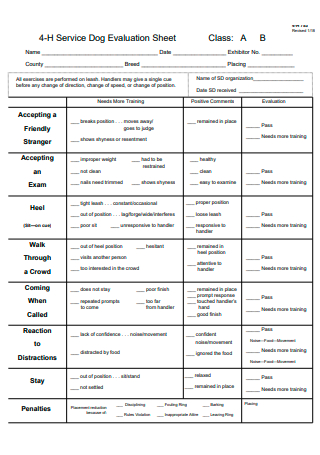
Service Dog Evaluation Sheet
download now -
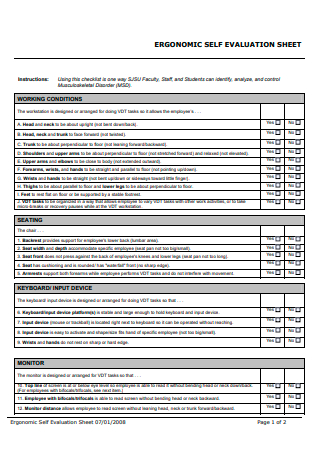
Self Evaluation Sheet
download now -
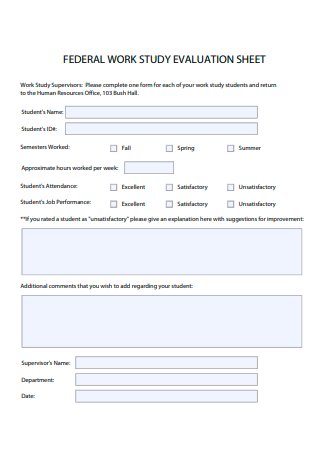
Federal Work Study Evaluation Sheet
download now -
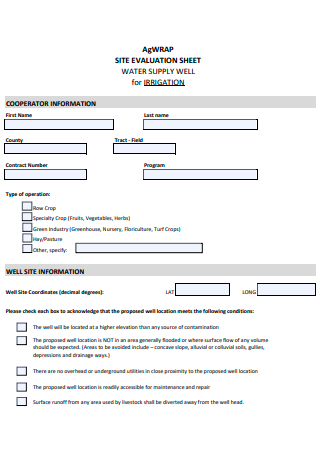
Site Evaluation Sheet
download now -
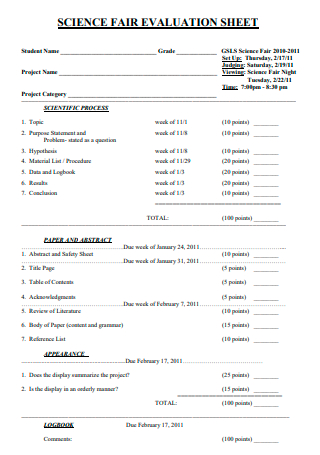
Science Fair Evaluation Sheet
download now -

Tester Evaluation Sheet
download now -
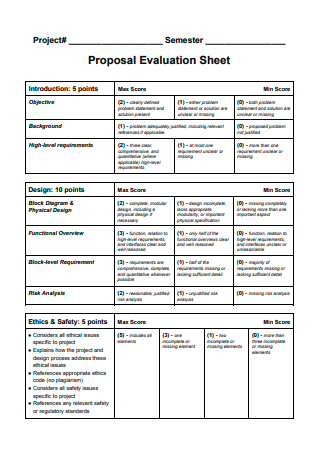
Proposal Evaluation Sheet
download now -
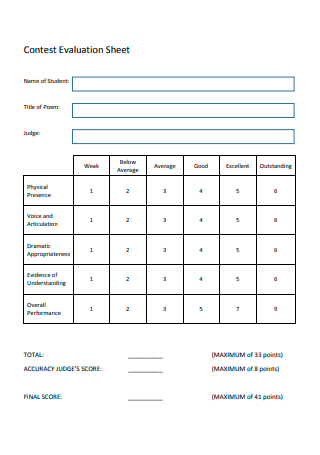
Contest Evaluation Sheet
download now -
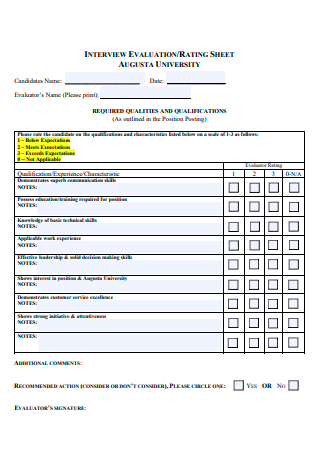
Interview Evaluation Rating Sheet
download now -
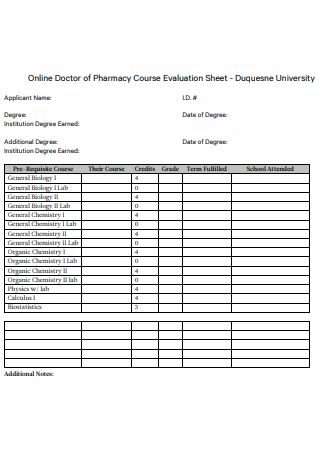
Online Doctor of Pharmacy Course Evaluation Sheet
download now -
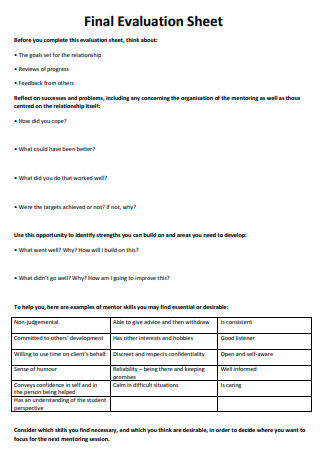
Final Evaluation Sheet
download now -
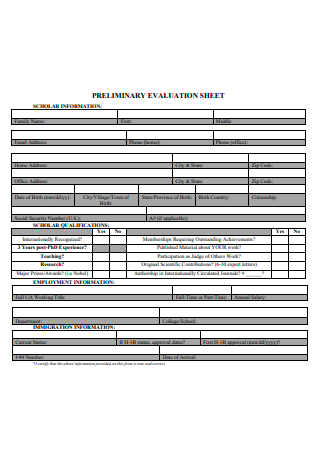
Preliminary Evaluation Sheet
download now -

Applicants Evaluation Sheet
download now -
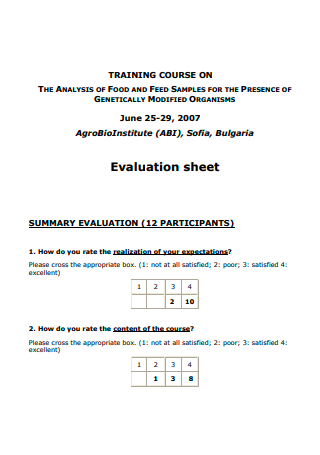
Training Course Evaluation Sheet
download now -
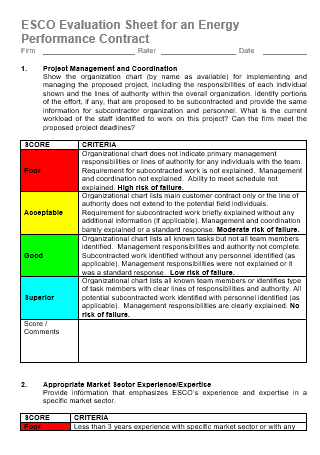
Evaluation Sheet for an Energy Performance Contract
download now -
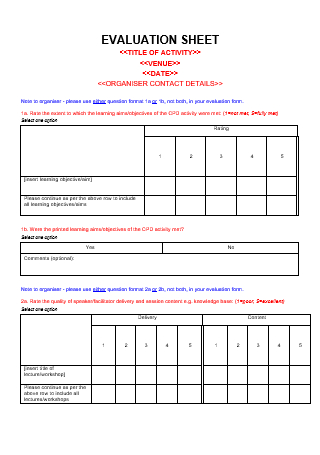
Evaluation Sheet in DOC
download now
What Is an Evaluation Sheet?
An evaluation sheet is a form that specifies the evaluation method that will be used to evaluate a participant. It includes a grading system and criteria for measuring a person’s strong and weak points. And it’s not just for performance evaluations by using a performance review sheet; it can also be used as a basis of the criteria for students during presentations, for example. What is covered in the system is fully dependent on the organizing group, that determines the expectations, objectives, and standard basis to satisfy during the evaluation.
Evaluations might take place in the workplace, in academics, or even during activities such as pageants and contests. According to the abstract of an article by Aissa Hanifi for an international journal of English language teaching, evaluations help determine what are the good and bad choices, which then helps establish a solid foundation in making feedbacks or actions that might lead to the success of the course’s key objectives and results. Evaluations, on the other contrary, do not only cater to an outside perspective and decision; one can also conduct their own self-assessment in their own employee evaluation sheet, which will determine reflection and opinion regarding one’s work ethic and limitations observed during the course of their work.
Reasons of An Evaluation
Evaluation functions as an initial assumption, and without any discrimination based on an act or performance. Its purpose is to decide who wins a contest and, in terms of job screening, one’s qualifications prior to hire. In that scenario, an evaluation is motivated by a variety of factors. Here are a few examples of their purposes:
Types of Evaluation Sheet
We have all been evaluated at some point in our lives in order to determine our skills. Whether this is done as a form of self-reflection to determine the best course of action following an evaluation. Because there are several evaluation sheets created daily for various uses and activities, below are a few examples of evaluation sheets:
1. Employee Evaluation Sheet: An employee evaluation sheet aids in documenting an employee’s progress in terms of skills and work. It is assumed that while applying for a job, during and after an employee training period, they will learn all of the skills mentioned in their job description. It can also help acknowledge all of an employee’s accomplishments over their stay, as well as any of the dissatisfaction they wish to express to management.
2.Candidate Evaluation Sheet: Potential candidates and representatives for a specific project or employment must also be evaluated because the coordinating heads would want to limit down the pool of candidates for a given function. A candidate evaluation sheet will have that initial judgment based on initial interviews and performance, which will determine their admission and success. An evaluation of an initial entry performance utilizing a performance evaluation form usually determines a candidate’s fit for the post for which they applied.
3.Evaluation Sheet for Academic Purposes: Throughout your educational life, you will be evaluated on a myriad of papers and performances. Especially in your final years, when there are rigorous and strict thesis evaluations and dissertation evaluations on the topic you’ve chosen as your research project, the outcome of which may define your future in an academic route. It will also assist enhance a student’s performance in the earlier stage and boost their development by performing a student’s evaluation, which may occur during an oral presentation, for example.
4.Driving Evaluation Sheet: Strict driving evaluations must be performed in order to not only allow individuals to drive their own vehicles, but also to guarantee that everyone who passed and reached the requisite driving performance evaluation score sheet not only has the capacity to drive and operate a vehicle but can do so safely. Driving instructors will determine this aspect and assess their ability to obey road and traffic instructions, as well as their understanding of how to operate a certain vehicle. It is to guarantee that they are judged worthy following a lengthy and comprehensive assessment after receiving their driver’s license.
5.Self-evaluation Sheet: Outside assessment is not always the sole factor that may be used to determine one’s skill. One’s awareness is also evaluated when they analyze and appraise their own development, determining which areas they must and should better. If they ever seek improvement, it is in order to perform their duties in their jobs with self-awareness and bring the necessary improvements to the surface. When someone fills out their daily accomplishment report, they may see how far they’ve come and identify any negative habits they’ve established. Self-evaluation is essential for personal growth and development.
How To Create an Evaluation Sheet
While the contents of an evaluation sheet vary depending on the institution or group conducting the interview, there are some essential elements that all evaluation sheets contain. So, here’s a general guide on making an evaluation sheet.
Step 1: Determine the Function.
No matter how innovative or diversified an evaluation sheet is, there is a specific reason why it is done in the first place. You can’t just make stuff up if you don’t have a particular aim in mind. You can’t sort out the specifics if you don’t know why you’re doing it. There may be criteria that are not required, or that you require the most, but they are not there since there is no clear foundation on which the grounds of an evaluation are done.
Step 2: Establish the Format.
There are numerous factors to consider while choosing on the format of the evaluation sheet. In order to make a fair assessment, an evaluation sheet for a performance must also have a structure that is clearly understood at first glance. Where the participant’s name and contact information are clearly visible. It is advised that descriptive and straightforward terms that can be quickly recognized without difficulties or confusions be used by evaluators for them to fulfill their duty with ease. The pattern and structure should be simple to follow, especially for evaluations based on several actions.
Step 3: Indicate the Rating System
Evaluations are graded performances with their own rating and scoring system. It is how judges with their own preferences would evaluate based on the score to which a certain participant falls. Particularly in large-scale evaluations, limiting your options is preferable if you have created a clear and simple grading system for how your evaluators can rank the participants. There may also be narrowed points, in which case ratings would provide a response rather than allowing personal judgments to dominate the discourse of the outcome.
Step 4: Clear and Descriptive Rubric.
After you’ve created the rating system, it’s time to construct the foundation upon which the rating system will be applied. It is preferable to have a clear understanding of what an evaluator is supposed to look for in an applicant. The rubrics would explain the skill set, competence, and abilities that are required of all participants regardless of their score or rating. It should be brief to minimize evaluator misunderstanding and personal interpretation. Because a fair review should not be jeopardized by personal biases or misinterpretation of the specified criteria.
FAQS
How Do I Pass an Evaluation?
It is not easy to pass an evaluation. Because it is not just based on someone’s show of abilities, but may also, in some way, rely on an evaluator’s personal judgment. However, the ideal approach before any examination is to learn exactly what you can give that the employer requires from you. If a company is searching for certain qualities, you should be confident in why you should be picked above others. It is preferable to have the confidence to put your talents to use and the desire to learn new ones.
What Can You Determine During an Evaluation?
Evaluations indicate each participant’s strengths and weaknesses in relation to the criteria covered. It narrows down who is qualified for the position and demonstrates one’s growth. Evaluations reflect not just the worth of a person’s expertise, but also a person’s drive to outperform any initial evaluations. It can encourage and, as a result, remove individuals who are unable to satisfy the standards. It is essential in the development of a person and a company since it gathers feedback and thus makes required modifications in order to offer value to the person doing their work.
Is a Critique Sheet and Evaluation Sheet the Same?
First and foremost, the terms critique and evaluate have different connotations. Evaluation would indicate an assessment that would check and decide someone’s skills to fit in a certain job based on the evaluation’s conclusion. Giving critique is a critical analysis in response to a performance or act’s evaluation. So, there you have it: the distinction between a critique sheet and an assessment sheet.
Evaluations must be critical while still being fair. The objective of an evaluation is to make a decision based on criteria and ratings. To attain that level of impartiality, an evaluation sheet that is both easy and comprehensive is required. So, why not carefully search for the evaluation sheet templates you require right here?
